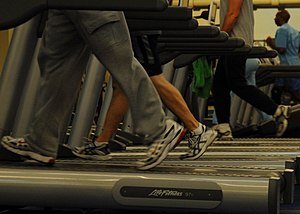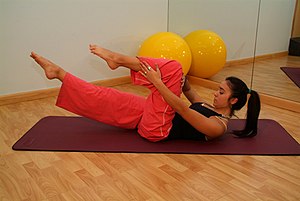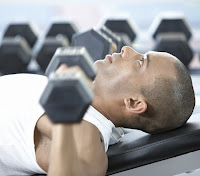Pilates Primer
Are you wondering what all the fuss over Pilates is about? Used traditionally by dancers for deep-body conditioning and injury rehabilitation, Pilates (pronounced Pi-lah-teez) is an 80-year-old exercise technique first developed by German immigrant Joseph Pilates. Only in the past decade has it migrated from its long-held position at the fringes of traditional fitness methods such as aerobics and weight training. Hollywood has been a key factor in turning the spotlight on Pilates, as numerous models and actresses pay homage to Pilates for their beautifully toned, fit bodies.
Focusing on the Core
The abdominal, hip and back muscles are often collectively referred to as the body’s core. Pilates exercises are designed to strengthen this core by developing pelvic stability and abdominal control. In addition, the exercises improve flexibility and joint mobility and build strength. How can one exercise technique claim to do so much? The Reformer, a wooden contraption with various cables, pulleys, springs and sliding boards attached, lies at the foundation of Pilates. Primarily using one’s own body weight as resistance, participants are put through a series of progressive, range-of-motion exercises. Despite the appearance of this and several other equally unusual-looking devices, Pilates exercises are very low impact. Instructors, who typically work one-on-one or with small groups of two or three participants, offer reminders to engage the abdominals, the back, the upper legs and buttocks to stabilize the body’s core. Exercise sessions are designed according to individual flexibility and strength limitations.
Pilates exercises are not limited to specialized machines, however. In fact, many gyms across the country now offer Pilates mat-based classes that feature exercises that also stress the stabilization and strengthening of the back and abdominal muscles.
Connecting With Pilates
The mind/body connection associated with yoga and meditation also plays an integral part in Pilates. Unlike exercise techniques that emphasize numerous repetitions in a single direction, Pilates exercises are performed with very few, but extremely precise, repetitions in several planes of motion.
What will all this focus and stabilization get you? Well, according to its adherents, Pilates can help you develop long, strong muscles, a flat stomach and a strong back, and improve posture. Of course, these changes are dependent upon other lifestyle factors, such as a well-balanced diet and regular aerobic exercise. (Though some may claim that Pilates is all you need to develop stamina and endurance as well, an additional cardiovascular component is advisable.)
An initial Pilates session typically includes a body assessment, which allows the instructor to pinpoint strength and flexibility weak spots. This is also the time to become familiar with Pilates’ unique breathing patterns, which don’t always follow the exhale-on-exertion pattern of traditional exercise. Sessions typically run 60 minutes, at a cost of $50 or more for private sessions, and $10 to $30 for group sessions. If you’re more comfortable exercising at home, there are numerous Pilates and Pilates-type videos currently available.
Several home versions of the Reformer also are currently available on the market. Whether you work out at a studio or on your living room floor, Pilates is an excellent way to challenge your muscles, improve flexibility and incorporate the mind/body element into one effective exercise session.
Additional Resources
American Council on Exercise—Pilates Mat Training by Shirley Archer: www.acefitness.org/acestore/p-290-pilates-mat-training.aspxWebMD Video—Yoga Pilates Studies:
www.webmd.com/video/yoga-pilates-studies
Selecting a Pilates Instructor
- Finding a fitness instructor who is a good match for your goals and personality can be challenging. The Pilates Method Alliance suggests asking the following questions of any instructor with whom you are considering working.
- Was the instructor trained through a comprehensive training program?
- Did that training program require a written and practical test, lecture, observation, practice and apprentice hours?
- How many total hours were spent in the training program? (The Pilates Method is a knowledge-based method of exercise and training. Time spent in certification training produces qualified teachers.)
- Does the instructor have any other movement-related teaching experience?
- How long has the instructor been teaching Pilates?
- What is the instructor or studio’s philosophy and specialty? Are they able to handle special needs, injuries and rehabilitation?
- Does the instructor or studio teach the full repertoire of Pilates on all types of apparatus?
ACE Fit Facts Reprinted with Permission.
Pilates Primer - Mind/Body - FitFacts - American Council On Exercise(ACE)
































